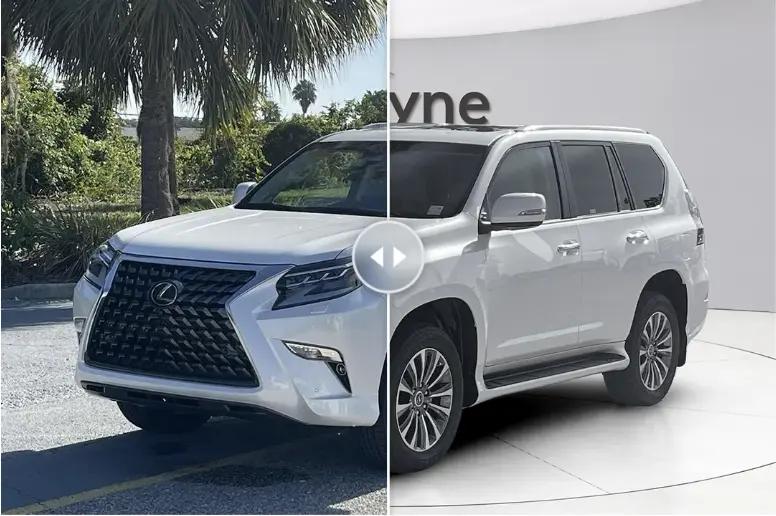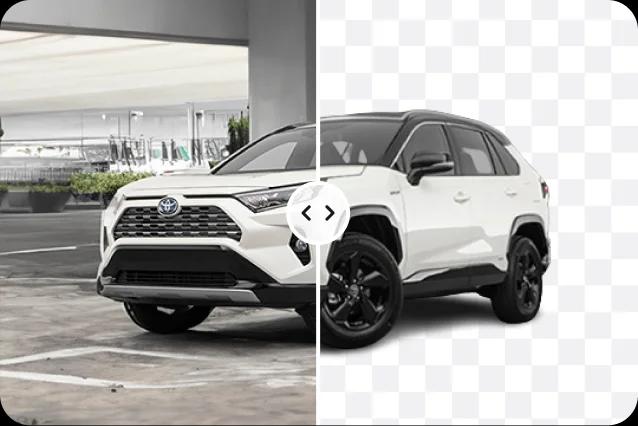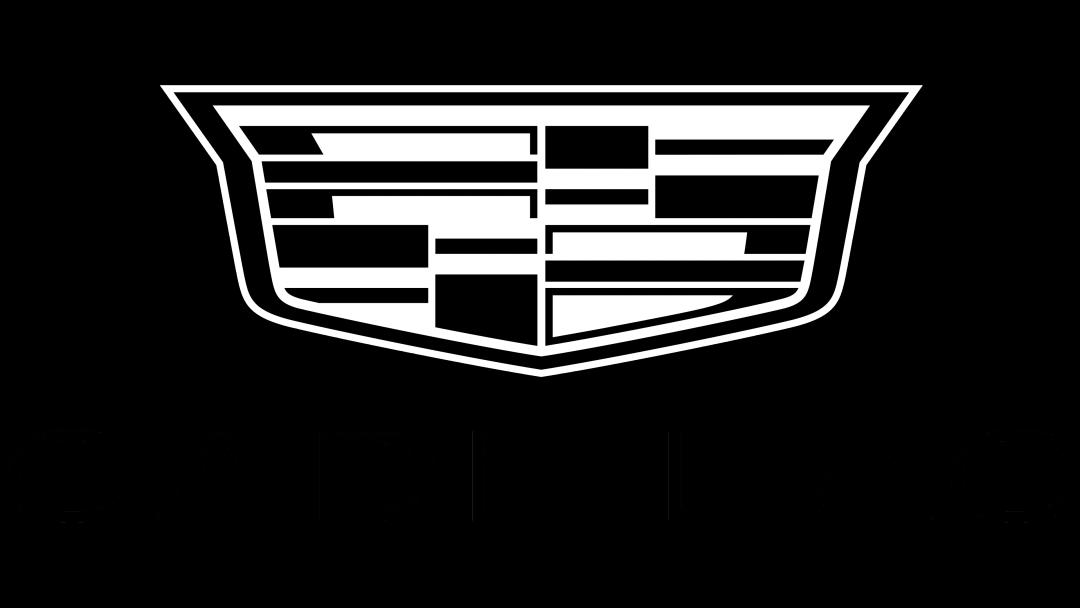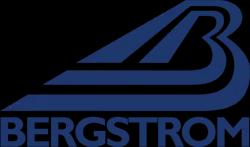It’s no new news that good pictures may indirectly relate to better sales.Do you want to avoid blurry or low-resolution pictures as well? Say goodbye to the pixelated images and welcome a new era of visual excellence! Unveiling the secret to crystal clear images, Our groundbreaking superresolution online has arrived. Its cutting-edge technology allows you to design enhanced images in AI super resolution and restore fine details.
From professionals to hobbyists, Spyne's advanced algorithms, revolutionary approaches, and innovative solutions are the foremost image processing choice for all. Our AI in automotive industry has already brought a big revolution in the field of automotive catalog and digital photography. Be it digital work or old photographs, and our image super resolution creates stunning visuals that leave a lasting impression.
In this article, we'll uncover Spyne's unparalleled image enhancement capabilities. Along with specific super resolution techniques and methods to unlock its true potential to understand the technology and its vulnerable applications in various industries for transforming your images into true masterpieces.
Similar to photo upscaler, we use deep learning interpolation-based methods and statistical approaches in order to achieve the desired enhancement in image superresolution online and quality.
The process of AI super resolution consists of image processing for any noise reduction or color correction requirements, information extraction like pattern extraction of underlying areas, image registration, data fusion, and post-processing such as edge enhancement or artifact removal to improve its visual quality and coherence.
Image super resolution techniques and processes are used in various fields for many purposes, such as photo editing, digital photography, video processing, medical imaging, satellite, and remote sensing, for analyzing more precisely identifying objects and faces or for enabling better analysis and diagnosis.
Today, when most professions revolve around creating or leaving behind a visual impact, online super resolution techniques play a pivotal role since they improve the visual quality of images, enhance image analysis, enable creative content creation, preserve historical artifacts, boost computer vision applications, and optimize resource utilization.
Super-Resolution Methods and Techniques
In the quest for higher-resolution images, We have developed various methods of image super resolution online for free. These techniques have emerged as game-changers to estimate missing pixels from your images to make them high-resolution.
Our AI superresolution methods and techniques for sharpening your images range from quick improvements to sophisticated transformative capabilities. From frequency-domain techniques that manipulate image spectra to data-driven deep learning models, we'll examine the nuances, strengths, and applications of each technique. Further, this analysis of each high-resolution method and technique will help you achieve astounding results
1. Pre-Upsampling Super Resolution
Before applying the methods and techniques to your images, Spyne's photo superresolution feature involves initial up-sampling steps.
Pre-Upsampling is done first in order to separate the most low-resolution pictures and enlarge them using techniques like bicubic interpolation or Lanczos resampling.Through this step, your image's size is increased while maintaining its existing level of detail. Pre-upsampling is believed to be one of the effective methods since it provides a higher-resolution starting point for subsequent superresolution techniques. Doing this allows for a more accurate reconstruction of high-frequency details.
However, it is crucial to remember that pre-upsampling resolutions could include artifacts or distortions to your images, thus hampering the quality and negatively impacting the final high-resolution image.
2. Post-Upsampling Super Resolution
Under this technique, Spyne does upsampling of your pictures after applying real-time superresolution algorithms. The post-upsampling method works directly with the original low-resolution pictures rather than enlarging them initially, like it is done in the pre-upsampling single image super resolution method.
Here, the available superresolution features generate a high-resolution, clear, and sharp image by analyzing the low-resolution textures present. Professionals use this technique to get the desired output superresolution online by applying this upsampling method. Since under this method of post-upsampling, the superresolution algorithms perform directly on the original bad quality picture resolution sizes, offering the advantage of a more precise reconstruction.
One of the best features of post-upsampling superresolution is that it can be incorporated into other techniques, edge enhancement, noise reduction, and artifact suppression, further improving the quality and realism of the enhanced image.
3. Residual Networks
This feature of residual networks, known as ResNets, is one of the most widely used AI super resolution tasks. Residual networks have revolutionized super resolution by addressing the challenges of training deep neural networks.
One of the best features of the residual network method is that it allows the flow of information from earlier layers of processing directly to the later stages. This is also called skip connections, which is quite popular amongst Spyne users.
What makes residual networks stand out from other image super resolution online techniques is their design which enables an effective training of very deep networks by vanishing the gradient patterns.
ResNets can represent the difference between your high-resolution and low-resolution to enhance the picture resolution sizes. Moreover, residual networks could learn to extract and utilize the residual information as well, so that you can use the exact on future image processing projects.
4. Multi-Stage Residual Networks
Multi-Stage residual networks ( MSRN) techniques are built upon the concept of ResNets. These are a powerful class of multi-stage networks that divides the processes of superresolution into levels of refinement.
MSRN's stage includes a series of residual blocks that progressively enhance the picture quality and resolution. These stages typically include convolutional layers, activation functions, and residual connections. It not only helps refine low-resolution pictures, but these multi-stage networks allow helps to capture finer details and ensure highly accurate output.
Moreover, the multi frame superresolution nature of MSRN has several advantages. Such advantages are like progressively capturing and refining the minute details at different scales.
For superresolution, multi-stage residual networks demonstrate incredible performance in producing visually pleasing images.
5. Recursive Networks
Also known as recurrent networks, these are a class of neutral network architects that reflects iterative behaviors. Recursive techniques apply the same set of operations in a multi-frame super resolution to capture the data's dependencies and relationships. This allows recursive networks to capture and refine fine-grinned information and real-time super resolution. They use a set of operations that are designed for a high-frequency image. The series of recursive operations progressively enhance the image details at each step.
You can repeat these recursive steps a fixed number of times or until convergence criteria are filled.
If you are looking to process old pictures, then recursive networks are the best since they are best known for their ability to model a long-dependencies reconstruction. However, while using recursive techniques, we recommend avoiding overfitting and making careful design choices along with regulation techniques.
6. Progressive Reconstruction Networks
PRN or progressive reconstruction networks have a progressive approach in order to enhance the resolution of the images. It majorly works by breaking down the to-be-focused areas into multiple steps or stages and then progressively improving the resolution and sharpness of each part.
Similar to muti-stage residual networks, PRNs as well work on multi-image superresolution, and at each subsequent stage, it refines the intermediate results further by employing more advanced algorithms or deep learning models. However, some of the steps do include upsampling methods like pixel replication.
By processing the image superresolution at each stage, progressive reconstruction networks can generate high-quality, desired high-resolution, visually appealing images.
Another advantage of processing your images with Spyne's progressive reconstruction networks is that you can control and balance the computational features and visual qualities.
7. Multi-Branch Networks
Multi-Branch networks (MBNs) are used in the field of superresolution to enhance the quality of low-resolution pictures and make them sharp. The name might give you a perception of the same multi-level network techniques but think again.
Because where multi-branch networks differentiate from others by simultaneously analyzing the low-resolution patterns on the input images at different levels of detail. This process enables the network to comprehensively understand the image and focus on deriving features from a specific scale or level of abstraction.
As the name suggests, multi-frame superresolution networks include multiple parallel branches, which are responsible for simultaneously processing the given picture and generating various types of information related to various scales or super resolutions online.
Further, the output of each of these branches is combined to get a final high-resolution image.MBNs use certain methods to get this result, including concatenation, element-wise addition, or weighted averaging. Along with these, the advantage of using a multi-branch network is to adaptively allocate computational resources to different scales or features depending on the input image characteristics.
8. Attention-Based Networks
Attention-based networks are designed to satisfy human visual attention and selectively focus on important image regions. During the superresolution online free process, attention-based networks dynamically allocate resources to the specific relevant image sections for an efficient, detailed job.
The basic idea behind attention-based networks is to assign importance weights to the image in order to determine the level of focus to be given to those sections during the processing time and effectively enhance the resolution and quality of those regions. When talking about super resolutions, attention-based networks majorly consist of two components: the encoders and decoders. These two components work because the encoder extracts high-level features from the low-resolution input image. At the same time, the decoder utilizes attention mechanisms to guide the reconstruction process based on the learned features.
However, a common issue that most users find while using is handling large amounts of training data and completing optimization processes.
9. Generative Models
Generative model methods use algorithms to gain data that resembles a training dataset. Generative models are one of the most significant choices when discussing image superresolution online because of their impressive capabilities in generating high-resolution images.
- Variational Autoencoders (VAEs)- These models aim to learn the underlying distribution of an image and consist of encoder networks that map the low-resolution part and reconstruct a high-quality image. The benefit of having encoders is that they are trained to minimize errors while reconstructing an image's sharpness
- Generative Adversarial Networks (GANs)- These networks are quite popular and consist of two neutral networks, a generator, and a discriminator. The purpose of a generator network is to take a low-resolution image to generate a high-resolution image. In contrast, the discriminator network aims to distinguish between the generated high-resolution image and a real high-resolution image from the training dataset.
What are the applications for Image super resolution?
There is an ample number of opportunities for the application of AI super-resolution. It is currently applied in the following areas:
1. Satellite Imagery
Many satellites capture images of earth. These images often have sufficient resolution. The images do lack the quality that is required for that intended purpose. Therefore, scientists do have to use historical data to understand the low-resolution images captured by the satellites. Satellite imagery includes data regarding colors and wavelengths. With the help of all this data, super resolution can provide improvement in the visual images provided by satellites.
2. Television entertainment
Sampling of video signals to produce high-resolution displays is a common application of AI super-resolution. Modern living room and mobile phone screens show higher resolutions than those used in many historical video feeds. However, to display these older feeds on these newer screens, the video hardware needs to upscale or upsample the content. This can lead to a blocky and pixelated appearance on the higher-quality display without proper processing. To tackle this challenge, super resolution algorithms come into play, intelligently processing the video feed to deliver a more refined and enhanced viewing experience.
3. Medical Applications
While a number of super resolution AI is designed to enhance the resolution of visible light images captured by cameras, these algorithms and methodologies can also be applied to elevate the level of detail in images obtained from various other sensors. This includes medical imaging such as MRI, CT, x-ray, and ultrasound scanners. These algorithms can improve image quality and diagnostic capabilities across a wide range of medical imaging technologies.
4. Security Cameras
At a crime scene, an investigator always uses security camera recordings to investigate. In such cases, a high-resolution video is required. A super resolution AI can take any camera feed and use its multi-image technique to generate a higher-resolution image.
How are startups delivering super resolution?
Startups are implementing various to deliver super-resolution in the market.
1. Entropix provides a platform that can easily increase the resolution of the captured image by using multiple frames from video images. The company's primary focus is improving its machine algorithms' accuracy and the resolution of the captured images. This technology can enhance the precision of autonomous vehicles, automated inventory management, and various other applications that rely on the raw data derived from machine vision algorithms.
2. Eikon Therapeutics has generated algorithms that can add AI super resolution to microscopy for pharmaceutical applications. This advancement helps microscopes to detect and discern smaller objects and molecules more effectively by providing additional resolution. According to the company, this technology allows researchers to visualize small details and helps in observation and discovery.
3. New startups like Photobear, and DeepAI have entered the domain of web applications and APIs, offering photographers the means to upscale or expand their images. Through their user-friendly web interfaces, these companies cater to professional photographers and various other users, enabling them to enhance the resolution of their images and improve overall image quality.
4. The Phased Array Company (TPAC) is working towards image super resolution algorithms to process the data collected by its array of sensors, capable of capturing information beyond the visible spectrum. This will enhance their detection capability, which will help them find imperfections in the images.
Conclusion
In conclusion, the use of Super Resolution by Spyne offers a compelling solution for enhancing image resolution and sharpening pictures
Whether you are a professional photographer, a graphic designer, or simply someone who wants to improve the visual quality of your pictures, Spyne's technology offers a user-friendly and effective solution.
With its advanced algorithms and state-of-the-art techniques, Spyne empowers users to increase the resolution and sharpen their pictures, transforming them into high-quality, visually captivating works of art.
Spyne allows you to breathe new life into your images, bringing out intricate details and enhancing the overall visual appeal. Refrain from settling for low-resolution images when you can utilize Spyne's Super Resolution online to create stunning visuals that leave a lasting impression. Hence, say goodbye to blurry or pixelated pictures and unlock the true potential of your images with Spyne's Super Resolution.
/d20uiuzezo3er4.cloudfront.net/AI-tools/ai-tool-home/HeaderNew/Spyne+Logo+black.png)
 Image Studio
Image Studio 360 Spin
360 Spin Video Tour
Video Tour.png)
.png)
.png)
.png)
.png)
.png)



/d20uiuzezo3er4.cloudfront.net/AI-tools/ai-tool-home/HeaderNew/car-photography.jpg)
/d20uiuzezo3er4.cloudfront.net/AI-tools/ai-tool-home/HeaderNew/merch.webp)



















.webp&w=1080&q=75)

.webp&w=1080&q=75)









.webp&w=1200&q=75)
















